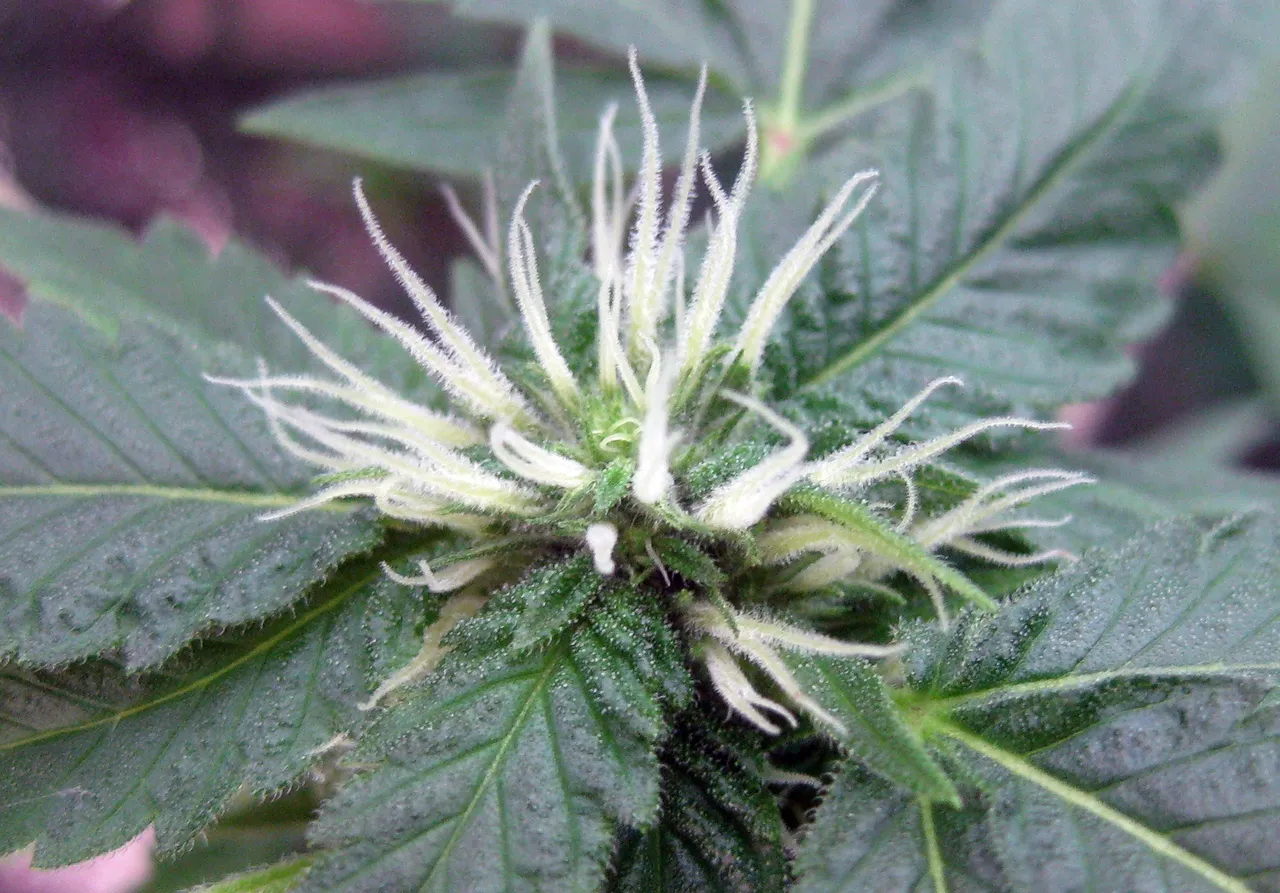
That's my gorgeous pink kush, 5 weeks into flowering. What luscious pistils, small perfectly-formed leaves coated in trichomes, and buds beginning to swell.
I have 4 plants like this. Here's one of them:
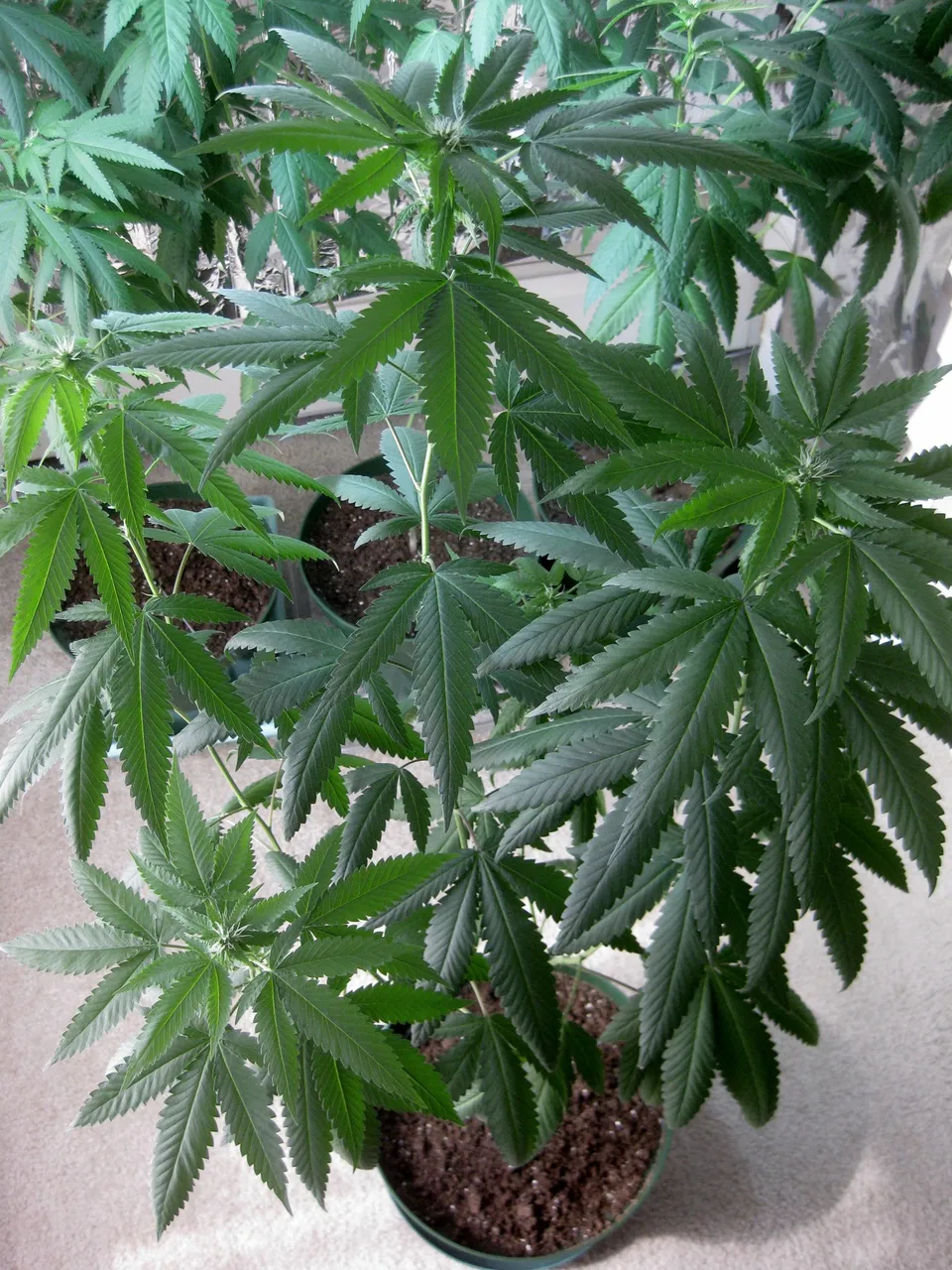
I've had no problems with pests. There are some tiny bugs that live in the soil, that I haven't identified, but they may be commensal (commensalism is a type of symbiotic relationship where one benefits and the other is unharmed). No aphids or mites or worms, nothing.
Morganic
Some people talk about growing plants "organically", which generally means only using fertilizers and pesticides that are "organic" - made from living things. Sure, I love organic food, and organic medicine! It's much better than the chemical-laden stuff coming out of the Licensed Producers here in Canada. But for me, going organic isn't going far enough.
A lot of stuff is organic (made from living things), but not necessarily safe or healthy. Snake venom, after all, is organic. Human feces is organic, and so is neem, but you would never put any of those on cannabis to be used internally!
 - Ewwww!
- Ewwww!
I love the idea of there being as little crap as possible in my medicine. I know that the cannabis plant is incredible at soil remediation, sucking up any compounds it finds (like toxins, heavy metals, etc), and storing it in plant's resins. That's great for cleaning the soil, but not great for patients using the oil!
I like to grow cannabis "morganically", which is to say, more-than-organically. I use no fertilizers at all. No pesticides at all. Only what the plant needs, which is:
- air
- water
- light
- dirt (90% sphagnum moss, 10% worm castings)
Is that really enough to build roots, stems, leaves, flowers, and over 100 different cannabinoids?
Doesn't a plant need "N-P-K" added, in some form? What about magnesium and calcium? What about all those trace minerals needed to make all the various compounds in the plant?
The Science
With help from bacteria (diazotrophs) and fungi (mycorrhiza), plants get their needs met using air, light, water, and minerals from the soil.
Water is a plant's source of Oxygen and Hydrogen. Plants soak up water through their roots.
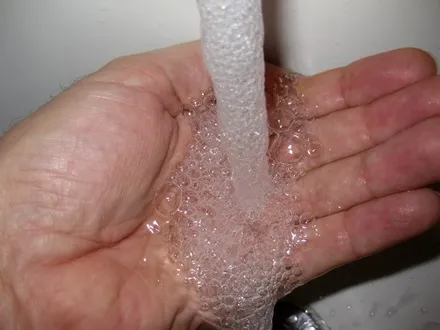
Plants use light to build sugar out of Carbon from the air. When CO2 and light hit the green chlorophyll of a plant, they're combined with a water molecule to form sugar, which can then be built into almost anything. (As a byproduct, the plant releases fresh O2 for me to breathe.)
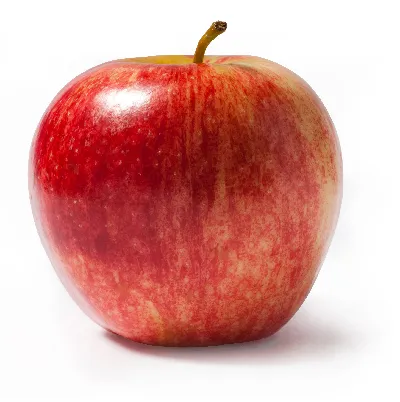
Similar to how I use Iron to process Oxygen, plants use Magnesium to process Carbon Dioxide. Chlorophyll has a chemical formula of C55.H70.O6.N4.Mg (one Magnesium atom per chlorophyll). Plants uptake their Magnesium absorbed in water with their roots.
What about Nitrogen? Earth's atmosphere is made of it - that's why the sky is blue! Nitrogen atoms don't bond very easily (except with each other). Like me, a plant can't just absorb or "fix" it out of the air. Plants absorb Nitrogen as NH3, aka ammonia. So where does ammonia come from?
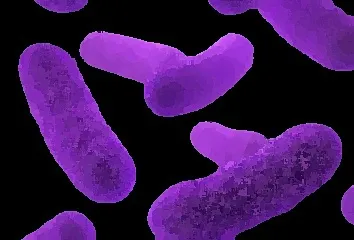
Nitrogen-fixing bacteria - Bacteria in the soil convert gaseous Nitrogen into NH3 - dissolved ammonia - which plants uptake through their roots and build into amino acids.
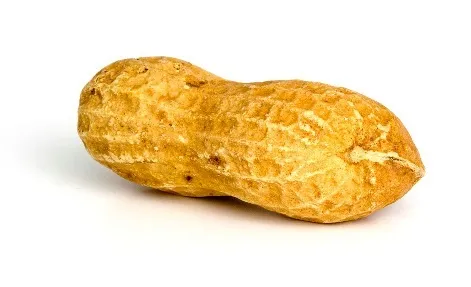
Calcium is found in all living cells. Plants absorb Calcium from the soil. They use it structurally to build cell membranes and cell walls, in new leaves as part of cell division, and biochemically to perform actions like closing the stomata (pores).
Phosphorous is the "P" in the "N-P-K" of plant fertilizers. And Potassium is the K. Plants require lots of each, because they use those elements in their systems. Both are absorbed through the roots.
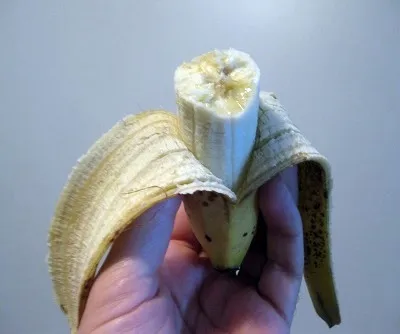
Sulfur is another element that is essential for all life. In plants and animals, the amino acids cysteine and methionine contain most of the sulfur. Plants (and cyanobacteria) absorb Sulfur as Sulphate (SO4), and convert it to methionine to make proteins.
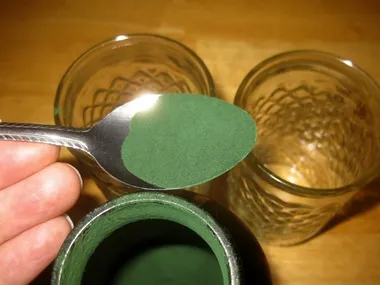
All life requires Iron: the nitrogen-fixing bacteria mentioned above have Iron atoms in their enzymes, plants require Iron to produce chlorophyll, and I use Iron to carry Oxygen in my blood. Plants uptake Iron through their roots and use it everywhere, especially in leaves and legumes.
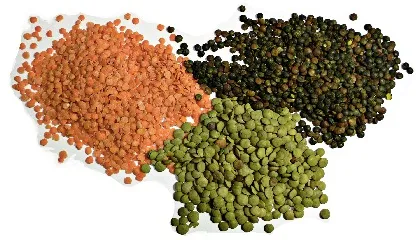
Plants require so little but give so much!
In humans, there are nine essential amino acids, which means we need to get them from our diet. There are also two essential fatty acids (aka omega-3 and omega-6). Cannabis seeds (aka "Hemp hearts") contain all 9 essential amino acids and both essential fatty acids. It's amazing that CO2, dirt, sunlight, and water can do all that!
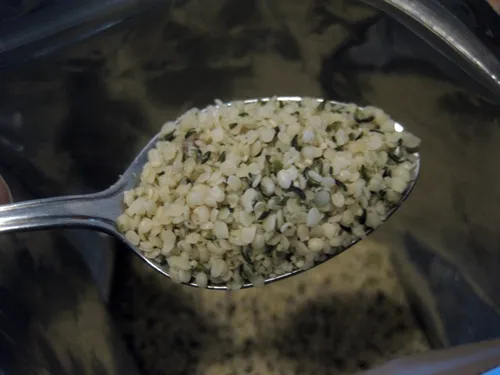
So if plants don't need all those chemicals, organic and otherwise, why do we use them?
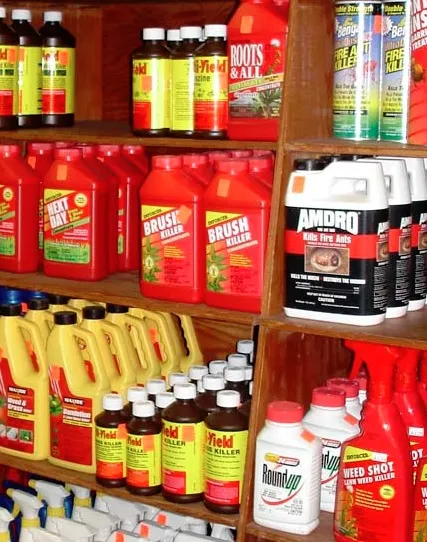
Mostly for convenience, and to increase yield (total mass produced). Perhaps it comes down to the age-old question, which befits the topic of cannabis growing and Steemit posting alike:
Quality or Quantity?

All the best with your growing!!
DRutter